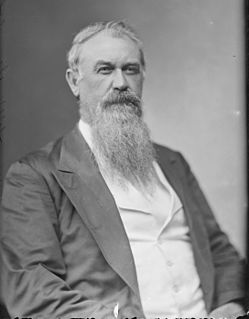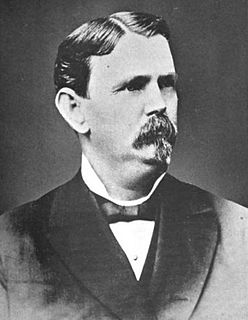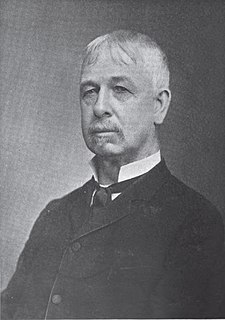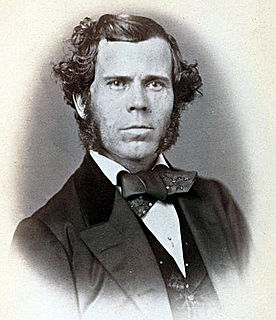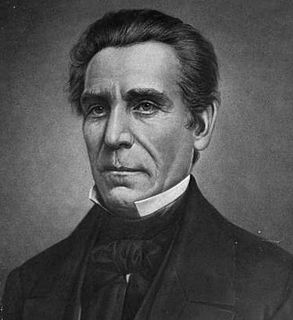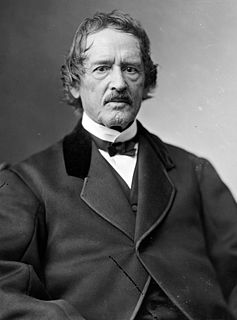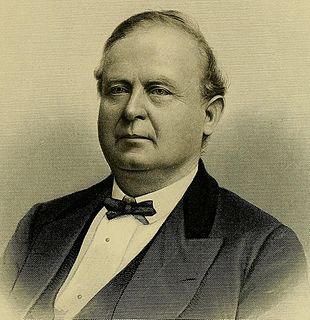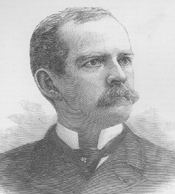John May Taylor | |
|---|---|
 | |
| Member of the U.S.HouseofRepresentatives from Tennessee's 8th district | |
| In office March 4, 1883 –March 3, 1887 | |
| Preceded by | John Atkins |
| Succeeded by | Benjamin A. Enloe |
| Personal details | |
| Born | May 18, 1838 Lexington, Tennessee |
| Died | February 17, 1911 (aged 72) Lexington, Tennessee |
| Citizenship | |
| Political party | Democratic |
| Spouse(s) | Amanda McHaney Taylor |
| Children | Mary Lou Taylor Harmon William McHaney Taylor Nannie Taylor Jesse Taylor Daisy Taylor John M TaylorContents |
| Alma mater | Union University Cumberland School of Law |
| Profession | Attorney Politician Judge |
| Military service | |
| Allegiance | |
| Service/branch | Confederate States Army |
| Rank | |
| Unit | 27th Tennessee Infantry Regiment |
| Battles/wars | American Civil War |
John May Taylor (May 18, 1838 – February 17, 1911) was a U.S. Representative from Tennessee.

The United States House of Representatives is the lower chamber of the United States Congress, the Senate being the upper chamber. Together they compose the legislature of the United States.

Tennessee is a state located in the southeastern region of the United States. Tennessee is the 36th largest and the 16th most populous of the 50 United States. Tennessee is bordered by Kentucky to the north, Virginia to the northeast, North Carolina to the east, Georgia, Alabama, and Mississippi to the south, Arkansas to the west, and Missouri to the northwest. The Appalachian Mountains dominate the eastern part of the state, and the Mississippi River forms the state's western border. Nashville is the state's capital and largest city, with a 2017 population of 667,560. Tennessee's second largest city is Memphis, which had a population of 652,236 in 2017.







